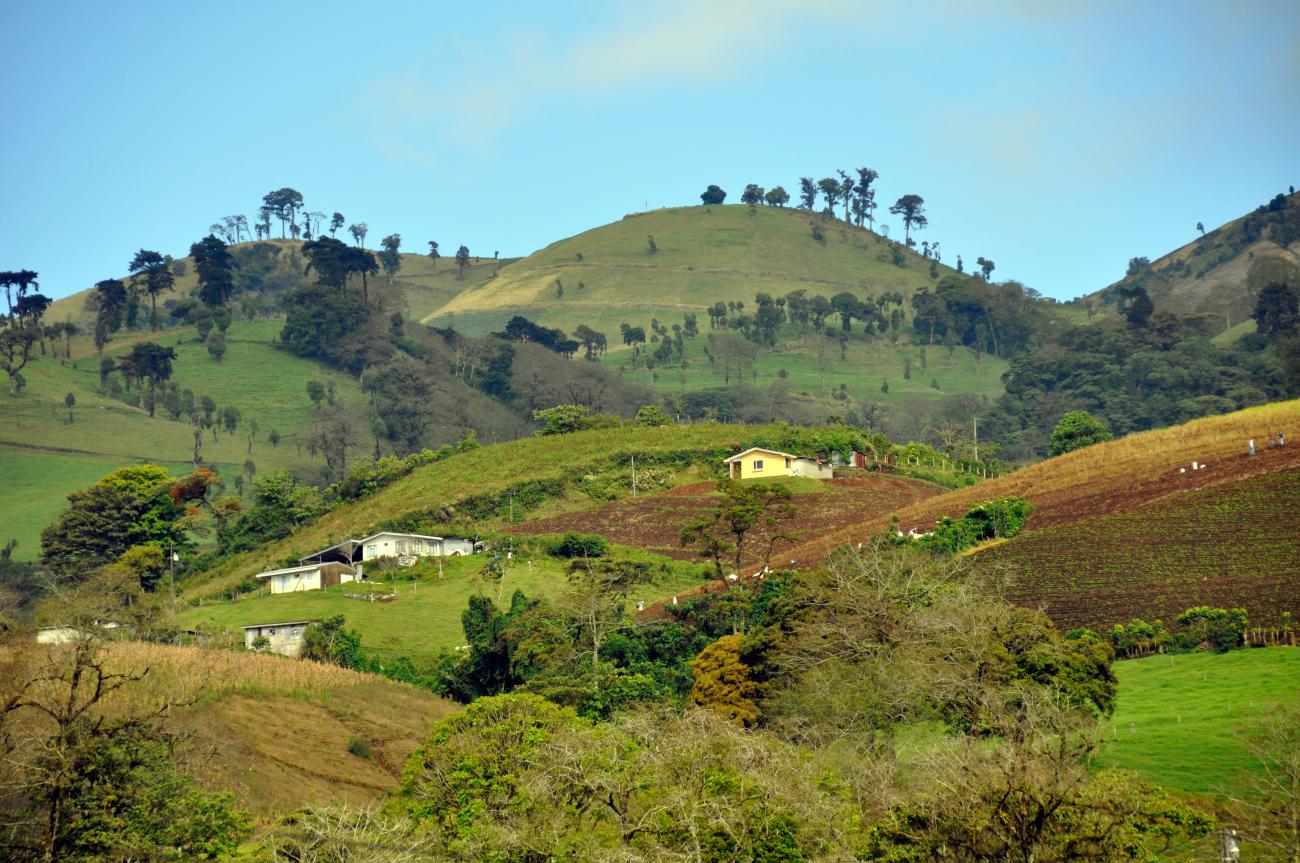A new tool created by Dr Mark Jwaideh, Research Associate at the Environmental Change Institute, offers a clearer way to compare how different crops affect the environment.

Published in Nature Sustainability, the study — co-authored with Dr Carole Dalin of University College London — introduces PLANTdex, a tool that brings together five key environmental indicators: greenhouse gas emissions, and biodiversity loss across freshwater, marine, and land ecosystems, as well as water use.
PLANTdex combines these into a single score for each crop, measured in small areas of 9 by 9 kilometers (5.6 by 5.6 miles), helping to identify local environmental hotspots. This allows farmers, companies, and policymakers to make more sustainable decisions about where and how crops are grown.
According to the study, crops like rapeseed, rice, cotton, and oil palm have some of the highest environmental impacts — especially in Central America, Southern Europe, and parts of Asia. In contrast, wheat, maize, and sugarcane tend to have lower impacts. The results highlight the importance of looking at environmental effects on a local scale, rather than relying on national averages.
Dr Jwaideh said:
This granularity enables the identification of specific regions where crop production is more or less environmentally impactful, facilitating targeted interventions and policy decisions.
“This approach enables stakeholders to pinpoint environmental hotspots to make informed decisions on crop commodity sourcing or where better management is required.”
Read more in this Mongabay news article: Study offers new tool to compare environmental impacts of crops
Read the full study in Nature Sustainability: The multi-dimensional environmental impact of global crop commodities
Access the data at Harvard Dataverse.

